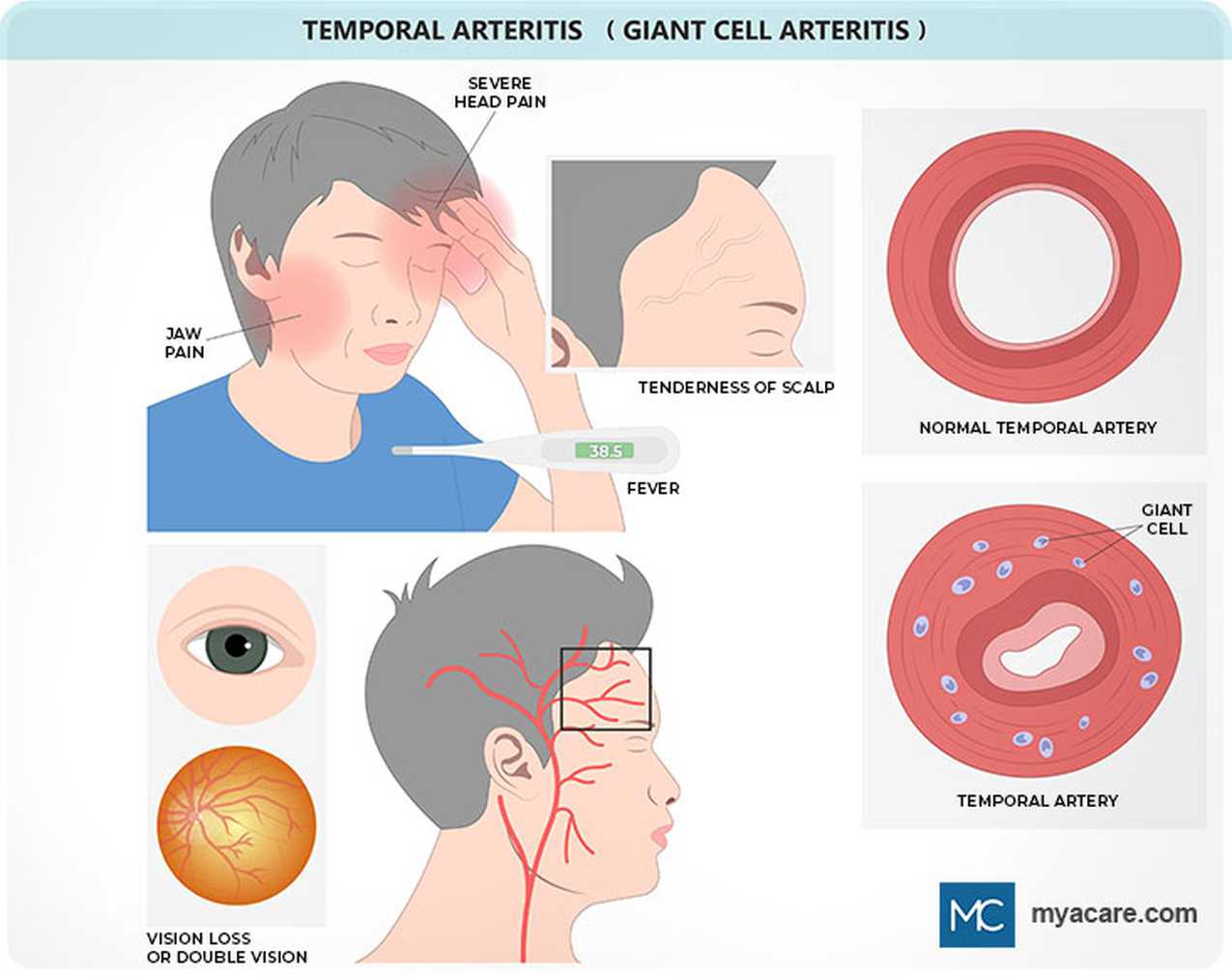Giant Cell Arteritis and Vision: What You Need To Know
Good day and a warm welcome from our team here at Sight Research UK! If you’re on this page, chances are you’re looking for details about Giant Cell Arteritis, particularly how it might affect your eyesight or that of someone you love. Rest assured, you’ve come to the right place.
1 in 4,500 a year
Around 1 in every 4,500 people will develop giant cell arteritis each year in the UK. It’s very rare in people younger than 50, but most common in the over 60s population. The eye condition especially affects women.
What Is Giant Cell Arteritis and How Does it Impact Vision?
Giant Cell Arteritis (GCA), also known as temporal arteritis, is an inflammatory condition affecting the large arteries in your head, especially those around your temples.
It is a rare, but serious condition. Crucially for our community, it can severely affect the blood supply to the eyes and lead to sudden vision loss, and if not treated quickly it can also cause other serious problems such as stroke, or aneurysm (ballooning blood vessel that may burst).
Warning Signs to Watch For: Symptoms of Giant Cell Arteritis
Key early signs
Symptoms depend on which arteries are affected but the most common ones are:
- Headache
- Common symptom and may develop suddenly or come on gradually over days or weeks.
- Situated mainly towards the front and side of your head.
- Scalp Tenderness
- A common symptom that’s often noticed when brushing or combing your hair.
- Other Symptoms
- Blurring of vision in one or both eyes- this may be come or go; or sudden loss of vision. You MUST seek medical advice immediately.
- Pain around the jaw when chewing food.
- Feeling tired, depressed, night sweats, loss of appetite, weight loss.
- Sometimes GCA is associated with polymyalgia rheumatica (PMR), a condition that causes muscles stiffness and pain.
- Read more about PMR here.
What concerns us most here is the abrupt, painless loss of vision that some people experience. This could occur in one or both eyes, and it’s often a sign that immediate medical intervention is needed.
If you think you might have GCA ask for an urgent GP appointment or call NHS 111 or get help from 111 online.
Understanding the Root Causes of Giant Cell Arteritis
Though the exact cause of GCA remains unknown, several factors like age, genetics, and other autoimmune conditions might increase the risk. It is a relatively rare condition, affecting around 5 people in 10,000. It is more common in individuals over the age of 50, and affects more women than men.

How Is Giant Cell Arteritis Diagnosed?
- A blood test to measure inflammation in the body is performed and the results are available within two hours.
- The doctor may want to confirm the blood vessel has become inflamed.
- An ultrasound scan of the artery is frequently performed.
- A biopsy of the inflamed artery might be required.
Treatment Options: Managing Giant Cell Arteritis Effectively
- If GCA is suspected, treatment will be started before the blood tests results come back. Treatment is with corticosteroids (prednisolone).
- Steroids have side effects.
- Read more about steroids at Versus Arthritis
- The aim of treatment is to reduce inflammation.
- Reduction of inflammation is required to prevent damage to the sight of the eye, protect the other eye, prevent stroke.
- You may need to be on treatment for several years.
What Else Should You Know About Giant Cell Arteritis?
Information is your best ally in managing GCA. Immediate attention to symptoms, regular screenings, and a long-term care plan are essential. We’re working tirelessly to fund research into conditions like this, with the hope of making vision loss a thing of the past.
Saving sight through pioneering research
Resources
- XXXXXXXXXX X XXXX XXXXX
- XXXXXXXXXX X XXXX XXXXX
- XXXXXXXXXX X XXXX XXXXX
- XXXXXXXXXX X XXXX XXXXX





